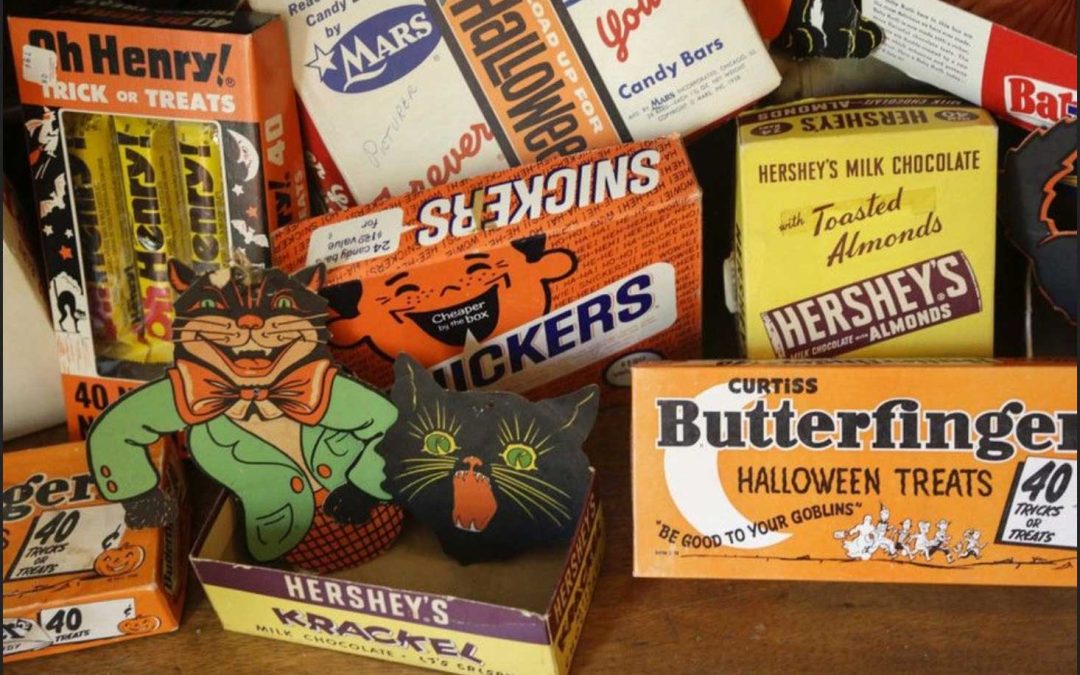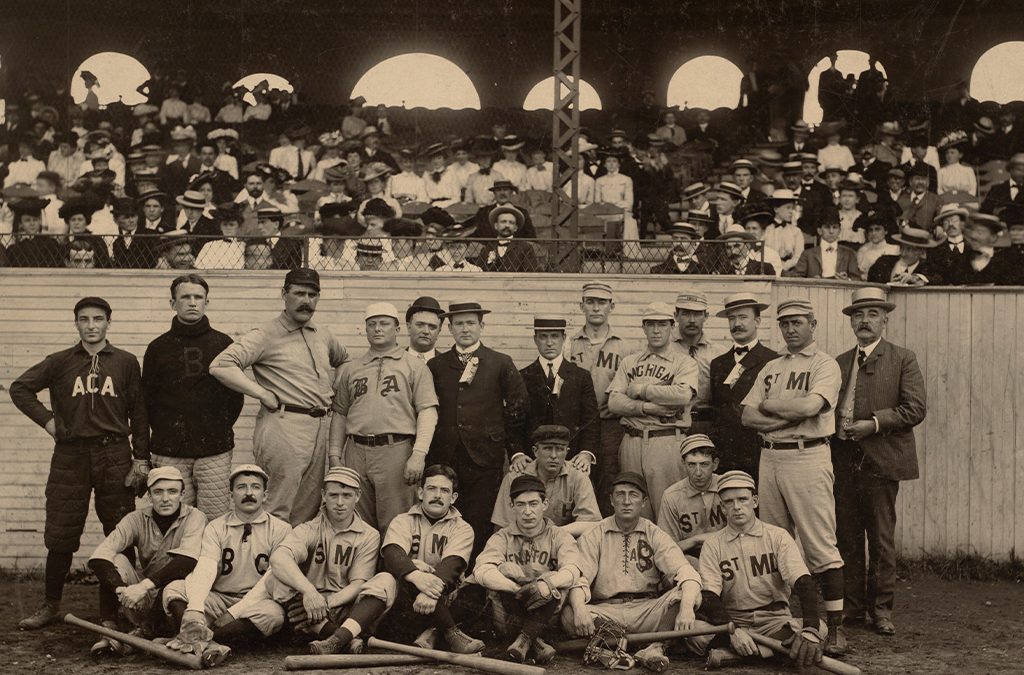
These Halloween candies still fill us with terror, but some still view them as treats
Photo courtesy of Pinterest.
October 2022
Everything Old
These Halloween candies still fill us with terror, but some still view them as treats
by Corbin Crable
Halloween candies
Anytime of year, those of us with a sweet tooth can easily name the candies we always searched for within the depths of our plastic jack-o’-lantern after a night of trick-or-treating on Halloween. Reese’s Peanut Butter Cups. Snickers bars. Skittles. Or those older favorites, such as fruit slices, Tootsie Rolls and caramel apple pops.
But I’d wager it’s just as easy for you to recall those candies you hated finding in your bucket – those sugary, unwelcome denizens of your Halloween haul. Sure, they still have their ardent defenders who will sing their praises, but they are just as widely disliked. As a kid, you knew to skip those houses that distributed these candies every year.
Listed below are just a few personal votes for entries on my “blech!” list. They might just be on yours, too.
Candy corn:
Although they are synonymous with the holiday of Halloween, these tiny nuggets of sugar are divisive because they’re overly sweet and their texture is akin to candle wax. Much like that one loud, slightly tipsy aunt or uncle who keeps crashing your Thanksgiving dinner the month after Halloween, I feel as if people simply keep candy corn on hand because they feel obligated to do so.
Black licorice:
Good & Plenty are an especially egregious entry on the “candies to be avoided” list, their delightful white and purple coating concealing a stomach-turning surprise of the worst kind. Also included in this category is the licorice-flavored Beemans Black Jack Gum, invented in the late 19th century, discontinued in the 1970s, and produced once again beginning in 1986. My late Aunt Cora loved Black Jack, and though the sight of those sticks of gum make me think fondly of her, the taste is something I’d rather forget.
If you’re a fellow hater of black licorice, you know exactly what I mean.
Sweetarts:
The modern-day, bite-sized version of the Necco Wafer (the king of horrid Halloween candies for more than 150 years), these pastel-colored, chalky tasting candies also have equal numbers of fans and detractors. You can get the same sensation eating bits of drywall sprayed with a light mist of something vaguely smelling like fruit. The bank where my parents did business for years used to give out a small roll of Sweetarts to kids who came in with their parents.
Wax Lips:
I shouldn’t even acknowledge Wax Lips with space in this column – since they’re not even candy – but, like so many products and trends of that most garish, tacky decade of the 1970s, they remain part of our collective societal consciousness.
If, for whatever reason, you’ve ever wanted to look like Jocelyn Wildenstein but lack the financial resources needed to procure extensive plastic surgery, Wax Lips provide a quick fix.
At any rate, these are just a few examples of Halloween “treats” to which the alternative option, “tricks,” are infinitely preferable. I’m sure you have your own! Feel free to e-mail me with your own additions to the list, and enjoy a safe, happy Halloween in the meantime.





